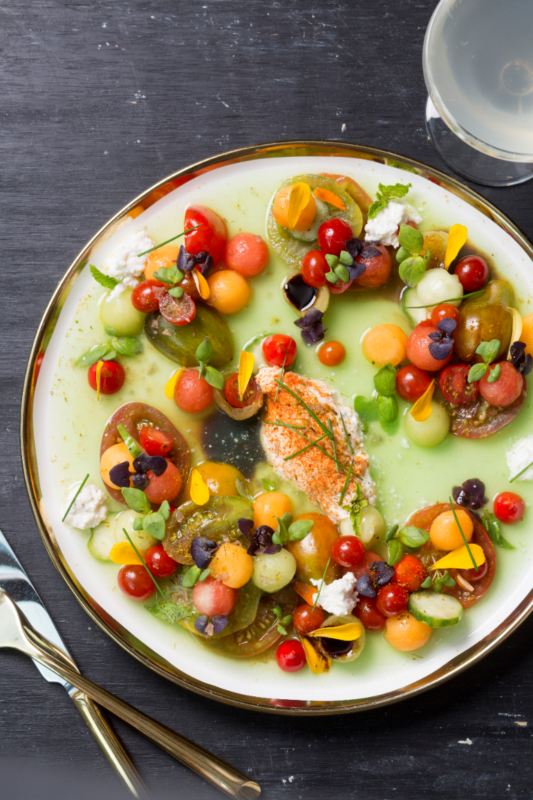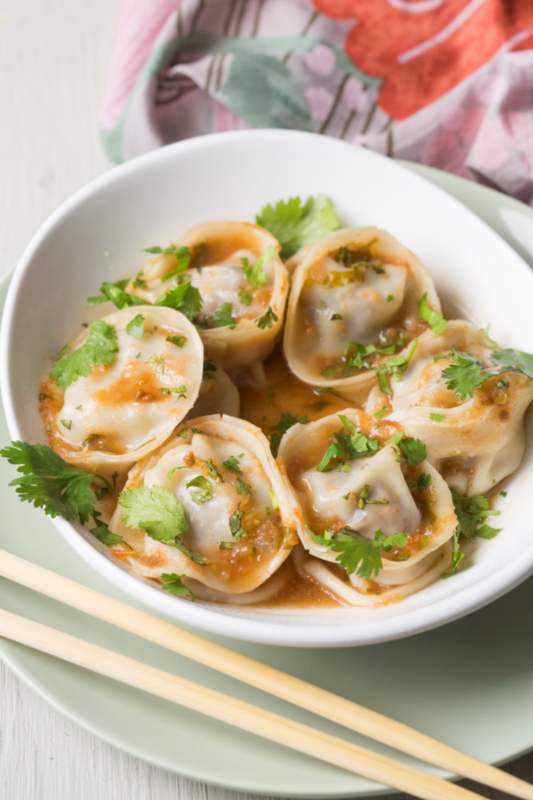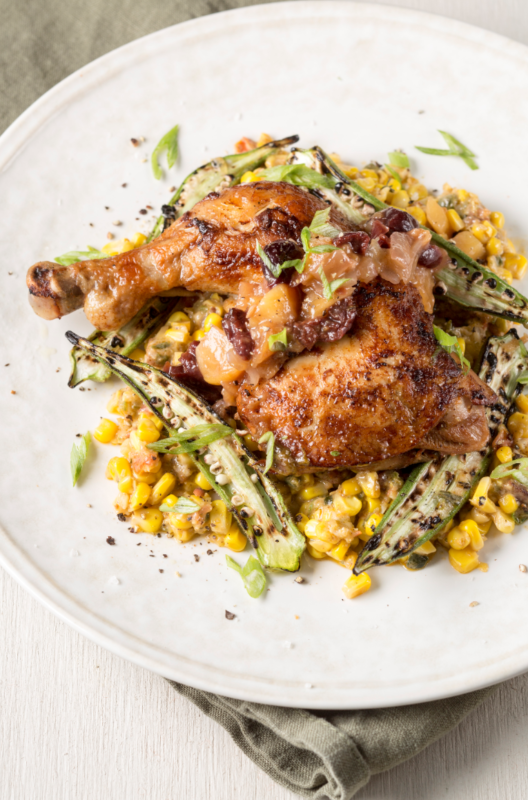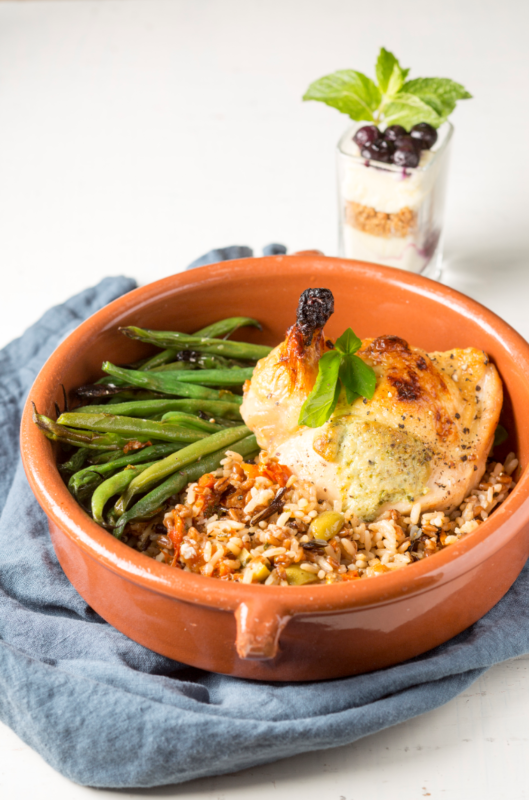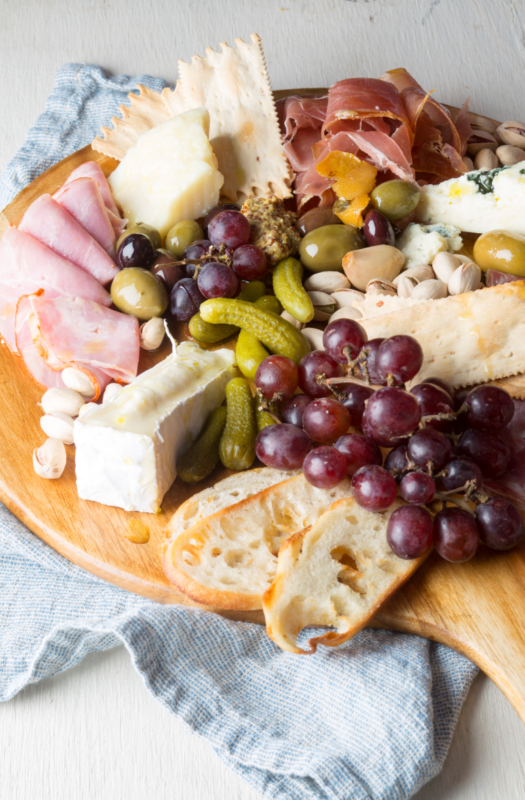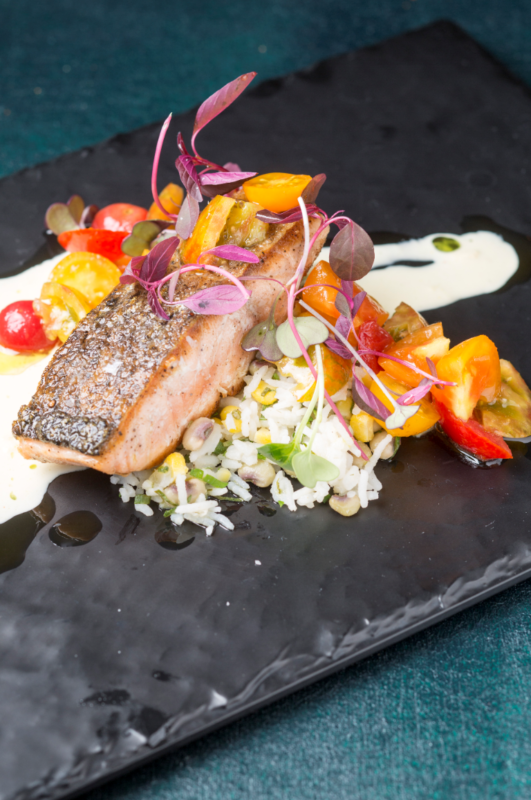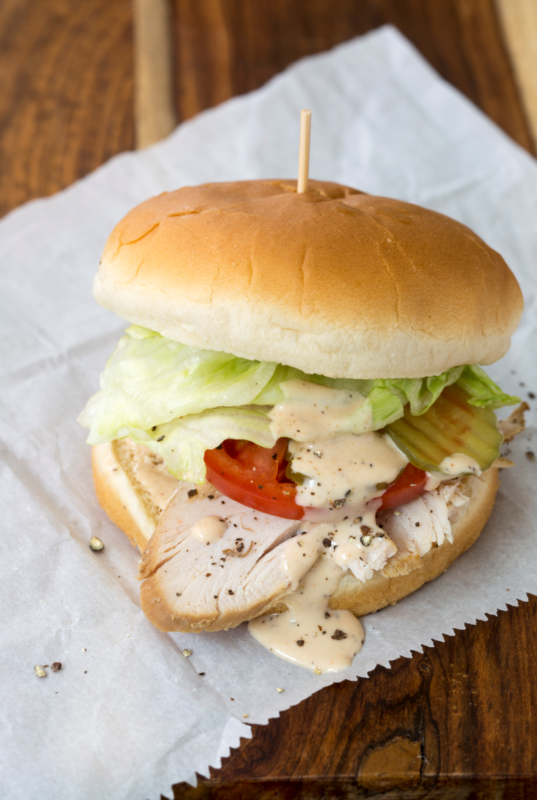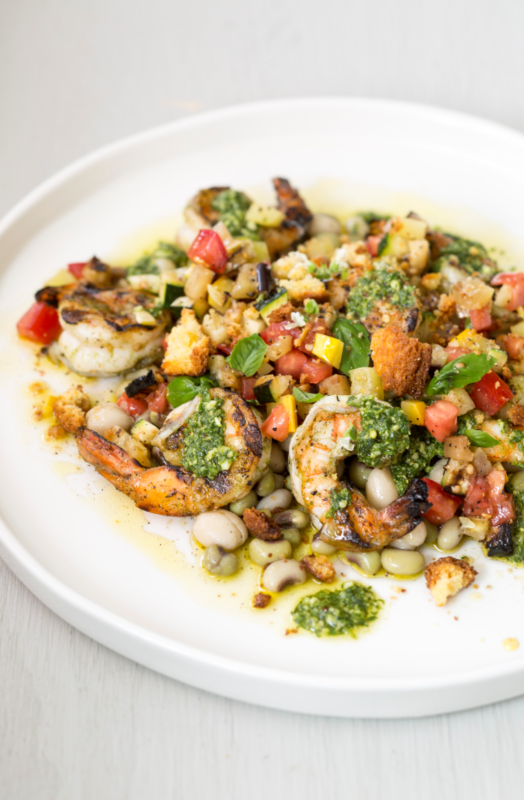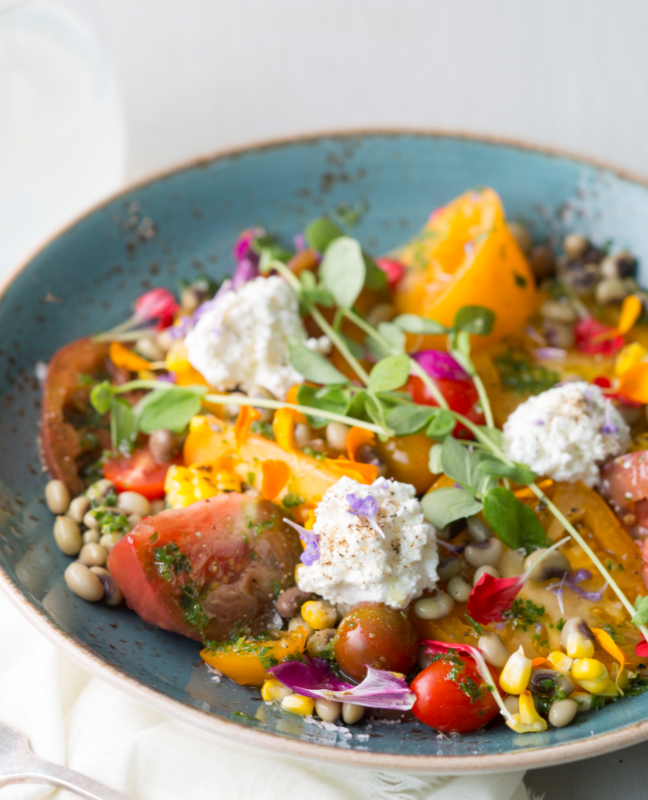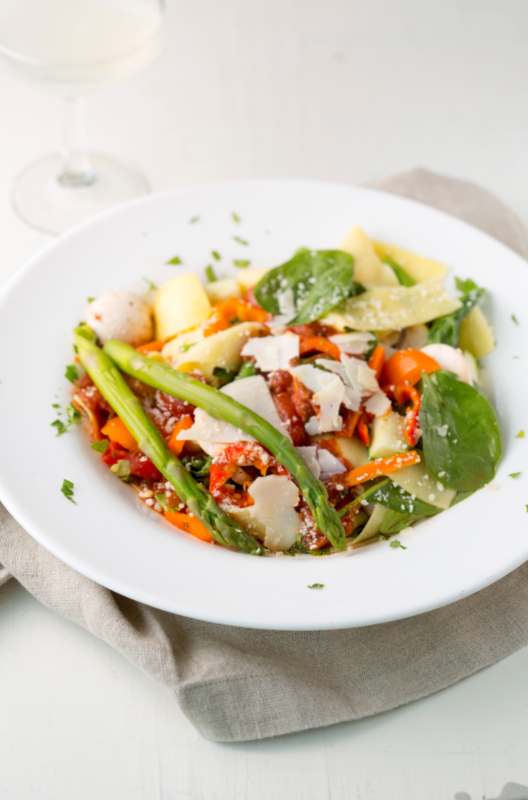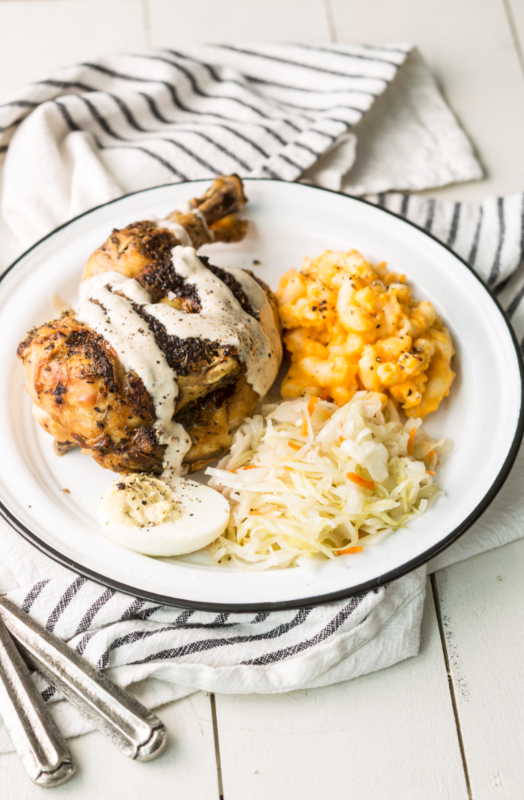This Birmingham Restaurant Week content is sponsored by Foodgroup.
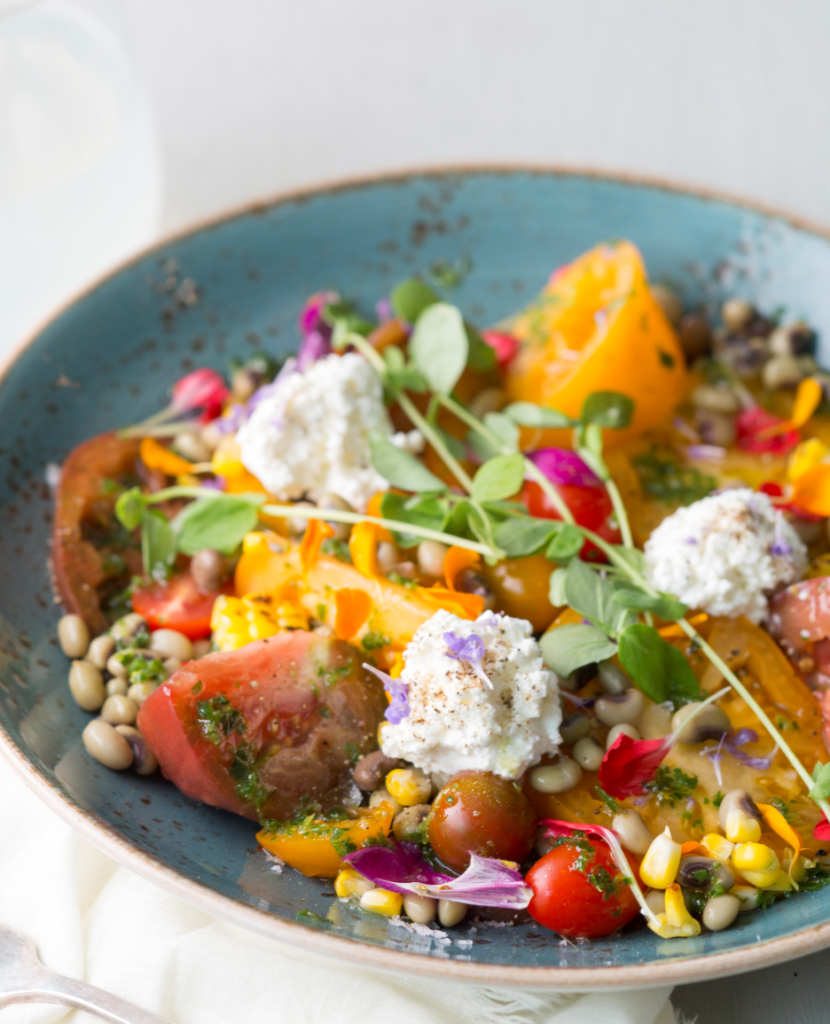
Let’s face it. Everyone loves a good food photo. Social media timelines are littered with them. From diners showing off what they’re about to consume to restaurants advertising what’s hot and ready on the menu, how food photographs can sometimes be just as important as how it tastes.
It’s especially evident on Foodgroup—an app that allows restaurants to share all things food-related directly with diners and gives restaurants a chance to get direct feedback from customers.
Delicious dishes will be on full display during Birmingham Restaurant Week August 16-25.
Here are some key pieces of advice from Food Editor Josh Miller of Food and Wine on how restaurateurs can make those food photos captivating.
Be practical
A lot of restaurants may not have the resources to hire a photography team, so one easy fix is taking advantage of natural light while snapping pictures of dishes, according to Miller.
“I would cozy up next to a window where you can get some daylight, not harsh overhead light,” he advised.
Have a sense of what’s photogenetic
Some foods lend themselves to better photos. Think about the menu in terms of what is going to get people’s attention. Fill the frame with the most compelling parts of the dish. Think: big, bold, fast, gorgeous and delicious.
“Think of it like a canvas,” he said. “What is that painting that’s going to turn people’s heads when they walk through the door? It’s the same on your phone. You’re basically browsing for something that gets your attention.”
Use fresh ingredients
Miller suggests using ingredients at their peak. Being familiar with your menu and being able to capture a dish at its best moment is ideal.
“Anything can be pretty with the right amount of work to it,” he said. “Something with a lot of fresh components or cheesy components could be nice, but you have to shoot it right when it’s ready as opposed to letting it sit out and letting it wait and wilt.”
Shoot overhead
The instinct is to shoot things straight-on, but Miller said that could work against you shooting food.
“It’s hard because if you’ve got a pretty background, then that’s fine,” he said. “Otherwise, you could be fighting visual elements that you’re trying to pull from that.”
He suggests going for what he calls the “Instagram look” by making the food the focus without extra details.
“People need to know what they’re looking at really quickly,” he said. “You have the time it takes to swipe to get people to pay attention.”
Don’t be afraid to get messy
Perfection does not have to be the goal. Shooting asymmetrically helps. Dressing up food too nicely can make it look too much like a commercial, according to Miller. Giving a food picture a more lived-in look can make it more appetizing.
“Don’t be afraid to live in it,” he said. “Cut that burger in half. Have a fork on the plate or bite into something. Have a glass of wine. A little bit of mess can be a really beautiful thing.”
Find great food photos and keep up with your favorite restaurants around town by downloading Foodgroup from Google Play and the App Store! Visit foodgroup.com for more information.
Related News
-
Safeguarding history, one preservation easement at a time
Filed Under: Developer, Front Page, Historic Preservation, Yaysayers
As longtime preservation advocates, we’re also proud to introduce REV’s own Historic Preservation Easement Program, created to help safeguard Birmingham’s irreplaceable architecture while adding long-term value to development projects involving historic properties.
-
Preservation that pays: How historic tax credits can power a downtown revival
Filed Under: Developer, Downtown Birmingham, Front Page, Historic Preservation
For preservation advocates (or “building huggers,” as we like to call ourselves), historic tax credits are essential. They don’t just help save historic buildings — they support local economies, encourage private investment and breathe new life into spaces that shape the identity of our communities.
-
Listing history, building legacy: The National Register’s role in downtown’s historic districts
Filed Under: Front Page, Historic Preservation
We’ve explored downtown Birmingham’s preservation wins and mourned its losses; this time, we’re turning our attention to the tools that help make preservation possible. In this piece, we’ll be diving into what is arguably the most foundational tool — and often the first step — in any preservation project: getting a building or district listed on the National Register of Historic Places.
